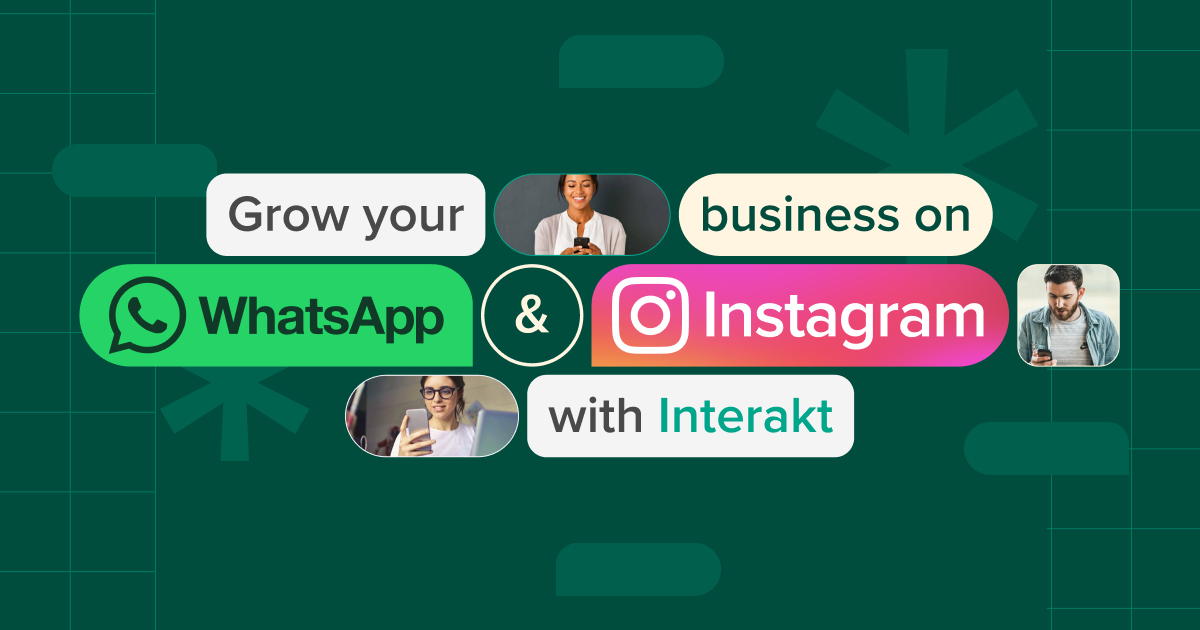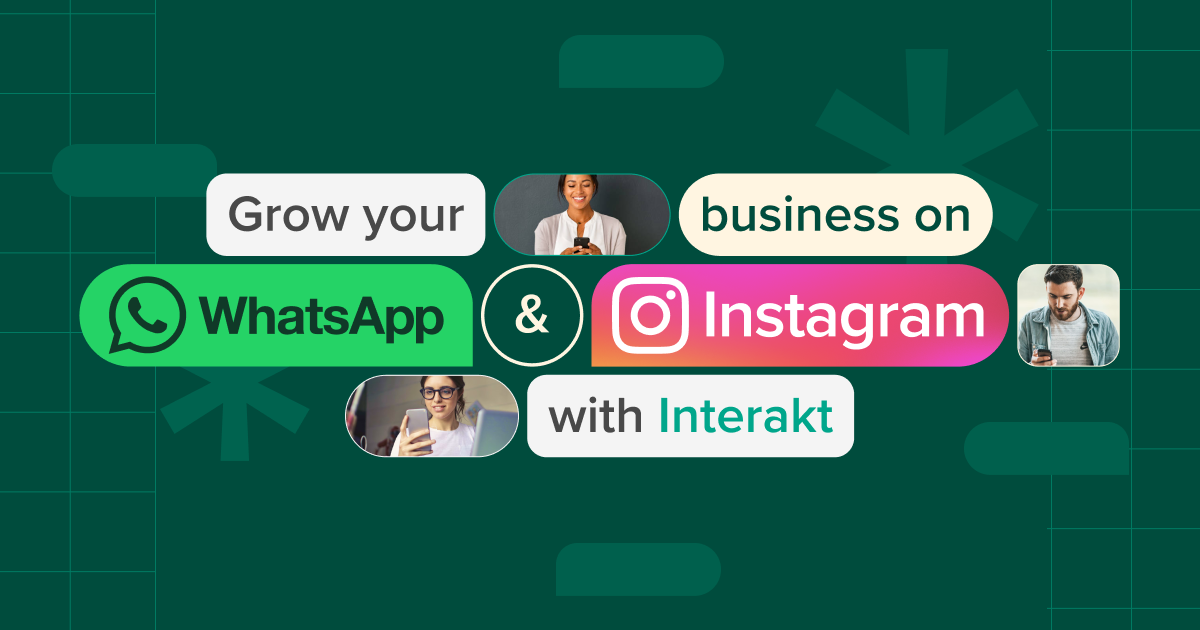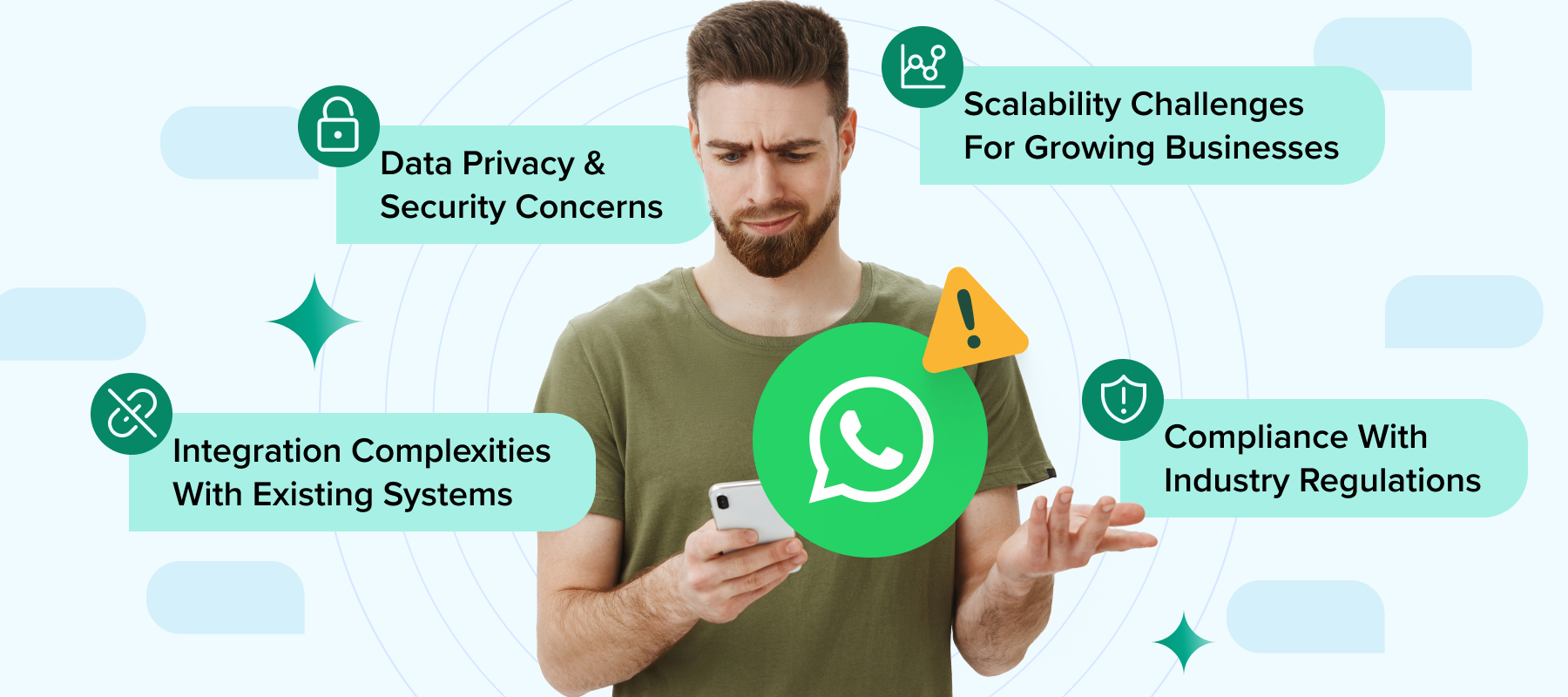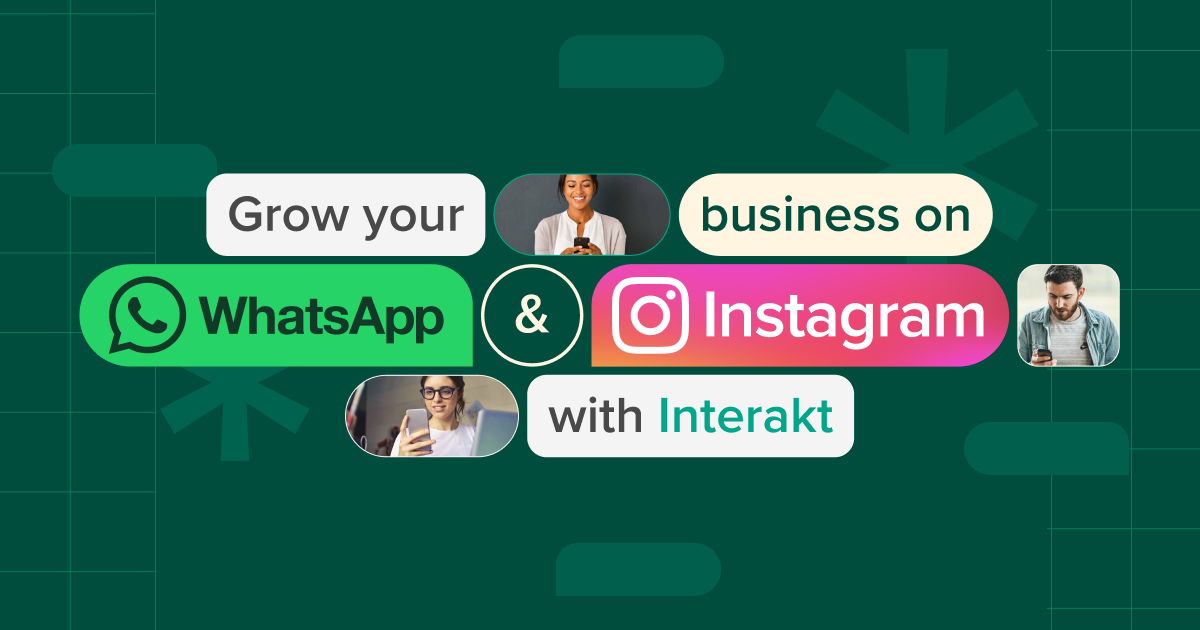In 2025, businesses are shifting toward direct, instant, and personalized communication—and WhatsApp leads the way. With over 2 billion users globally, WhatsApp isn’t just a messaging app; it’s a high-performing channel for marketing and engagement. While the regular WhatsApp Business app works well for small teams, the WhatsApp Business API for broadcast marketing unlocks powerful automation, campaign orchestration, and enterprise-grade scalability.
Modern consumers expect fast responses and contextual conversations. That’s where WhatsApp API stands out, enabling businesses to send WhatsApp broadcasts, run automated message funnels, and personalize campaigns based on user behavior. In this guide, we’ll explore how to build impactful WhatsApp Business API campaigns using the best tools, templates, and strategies to maximize ROI.
What Is WhatsApp Business API for Broadcast Marketing?
The WhatsApp Business API for broadcast marketing allows businesses to send messages at scale using pre-approved templates and structured campaign flows. Unlike the WhatsApp Business App (which has manual limitations), the API enables brands to run advanced messaging workflows, integrate CRMs, and track performance.
At its core, WhatsApp API supports:
-Bulk broadcast messaging to opted-in users
-Multi-language support for global outreach
-Interactive message types like CTA buttons and quick replies
-Scheduling and automation for drip or time-based messaging
These features make WhatsApp ideal for mid to large-scale businesses aiming to automate marketing funnels, deliver timely promotions, and improve customer journeys with personalized WhatsApp marketing.
Whether you’re looking to recover abandoned carts or announce product launches, the API’s flexibility allows seamless WhatsApp campaign marketing for every stage of the customer lifecycle.
Difference Between WhatsApp API and WhatsApp App Marketing
While both tools allow communication, the WhatsApp Business API is built for scale and automation. Here are the key differences:
Feature | WhatsApp Business App | WhatsApp Business API |
Message Volume | Manual, limited | Bulk messaging |
Automation & Funnels | Basic auto-replies | Full multi-step automation |
CRM & Analytics Integration | No | Yes |
Opt-In Management | Manual | Built-in workflows |
Broadcast Personalization | Limited | Advanced segmentation |
Businesses that require proactive outreach, A/B testing, funnel tracking, and campaign segmentation need the WhatsApp API for marketing. It enables precise targeting, scalability, and consistent brand voice through promotional WhatsApp templates.
Benefits of Using WhatsApp API for Campaigns
Using the WhatsApp Business API for broadcast marketing unlocks a host of benefits that drive business results:
-Scalability: Send thousands of messages in seconds to your entire opted-in list.
-High Engagement Rates: WhatsApp messages have a 98% open rate, significantly higher than email.
-Automated Workflows: Build message funnels that guide users through stages like awareness, interest, and action.
-CRM Marketing via WhatsApp: Automatically sync data and trigger messages based on user behavior, preferences, or past purchases.
-Better Personalization: Use first names, past order info, and targeted offers for interactive WhatsApp promotions.
-Real-Time Conversations: Respond to queries instantly or route them to live agents when needed.
-Global Reach: With multi-language support, connect with audiences across geographies.
The API also improves broadcast message delivery rate, reduces manual effort, and supports data-driven optimization. It’s built for teams aiming to move beyond one-size-fits-all messaging and toward smart, WhatsApp API campaigns that convert.
WhatsApp Broadcasts: Setup & Best Practices
Setting up WhatsApp broadcasts for businesses via API requires thoughtful planning. Here’s a simple framework:
Step 1: Get WhatsApp API Access
Apply via a Business Solution Provider (BSP) like Interakt, Gupshup, or WATI. Get your number verified and connect it to a messaging platform.
Step 2: Collect Opt-Ins
WhatsApp has a strict opt-in policy. Collect explicit consent via website forms, ads, QR codes, or chat widgets. Log all opt-ins in your CRM.
Step 3: Build Segmented Broadcast Lists
Group users by demographics, behavior, or past interactions. Campaign segmentation increases relevance and response rates.
Step 4: Use Pre-Approved Templates
Create promotional WhatsApp templates with CTA buttons, discounts, or event invites. Submit to Meta for approval.
Step 5: Schedule Campaigns
Set up timings based on user behavior or time zones. Avoid sending too frequently to reduce opt-outs.
Step 6: Analyze & Iterate
Track metrics like open rate, reply rate, and conversions. Optimize message format, content, and timing.
Using WhatsApp API for Marketing Funnels
With the WhatsApp API, you can build WhatsApp message funnels that automate multi-step user journeys:
Funnel Example:
-Welcome Message (After opt-in)
-Product Showcase (With carousel or CTA buttons)
-Limited-Time Offer (With a countdown)
-Follow-Up Reminder (For unresponsive users)
-Feedback Collection (Via quick reply buttons)
Such multi-step funnel automation ensures high engagement and reduced manual load.
Trigger Types:
-Time-Based (e.g., send after 3 days)
-Behavioral (e.g., clicked on product but didn’t buy)
-CRM Events (e.g., birthday or order status update)
Automating these steps helps businesses:
–Increase conversion rates
–Reduce drop-offs
–Re-engage inactive users
Moreover, integrating WhatsApp API marketing flows with CRMs helps personalize each step, giving users a native and human experience.
Creating & Scheduling Marketing Campaigns via WhatsApp Business API
To create effective WhatsApp API campaigns, follow these essential steps:
1. Define Campaign Objective: Decide if you’re aiming for lead generation, abandoned cart recovery, upselling, or re-engagement.
2. Choose Audience Segment: Use CRM filters to create custom segments based on behavior, location, or past purchases.
3. Select Message Templates: Pick or design promotional WhatsApp templates aligned with your goal. Include CTA buttons for direct action.
4. Schedule Delivery: Use the API to automate dispatch based on optimal timing or user behavior triggers.
5. Monitor Results: Track engagement through open rates, click-throughs, and replies. Adjust strategy for better performance.
WhatsApp Template Messages for Promotions
Meta requires pre-approval for any message sent via the WhatsApp API. These are called message templates, and they must follow promotional or transactional categories.
Types of Templates:
-Promotional: Offers, discounts, product launches
-Transactional: Order updates, appointment reminders
-Utility: Service alerts, ticket confirmations
Structure of a Good Template:
-Header: Optional (can include image/video/text)
-Body: Main message content with variables
-Footer: Optional (add disclaimers or support info)
-CTA Buttons: Clickable buttons (e.g., “Buy Now”, “Learn More”)
Best Practices:
–Keep it short and value-driven
–Personalize using dynamic variables (name, order, location)
–Use CTA button message templates for higher engagement
–Avoid ALL CAPS and overly promotional tone
Example:
Hi {{1}}, your cart is still waiting! Complete your purchase today and get 15% off. [Buy Now]
Well-crafted templates significantly improve engagement and simplify execution of WhatsApp campaign marketing.
Integrating CRM & Analytics into Campaigns
To get the most out of your WhatsApp Business API for broadcast marketing, integration with your CRM and analytics tools is essential.
With CRM integration, businesses can manage contacts, segment audiences based on behavior, and personalize each message. For instance, a customer who abandoned a cart can receive a WhatsApp message reminding them about the product, complete with a CTA button to return and complete the purchase. This level of targeted messaging is only possible when your CRM and WhatsApp API are synced in real time.
Analytics tools also play a critical role in evaluating the success of your WhatsApp API campaigns. You can monitor:
To get the most out of your WhatsApp Business API for broadcast marketing, integration with your CRM and analytics tools is essential.
With CRM integration, businesses can manage contacts, segment audiences based on behavior, and personalize each message. For instance, a customer who abandoned a cart can receive a WhatsApp message reminding them about the product, complete with a CTA button to return and complete the purchase. This level of targeted messaging is only possible when your CRM and WhatsApp API are synced in real time.
Analytics tools also play a critical role in evaluating the success of your WhatsApp API campaigns. You can monitor:
-Message delivery and read rates
-Click-through rates on CTA buttons
-Conversion rates per campaign
-Funnel drop-offs in multi-step automation
Tools like Interakt, Twilio, or Haptik often offer built-in dashboards or integrations with Google Analytics and HubSpot. This gives your team visibility into what’s working and what needs adjustment, ensuring every campaign is data-backed and outcome-driven.
Ultimately, CRM-driven WhatsApp message funnels help automate customer journeys while analytics ensure they remain effective and profitable.
Conclusion
In 2025, personalized, permission-based messaging is the gold standard—and WhatsApp Business API for broadcast marketing is your gateway to it. From promotional WhatsApp templates to multi-step WhatsApp message funnels and CRM-integrated campaign marketing, businesses now have the tools to run smart, scalable, and conversion-focused campaigns.
But success hinges on doing it right—getting the opt-ins, using the right broadcast list best practices, choosing an API partner, and creating segmented, high-quality campaigns.
Want to start your own WhatsApp API campaign marketing journey?
💡 Get in touch with Interakt or book a free demo to explore how WhatsApp can help you boost engagement, recover abandoned carts, and drive sales—at scale.



